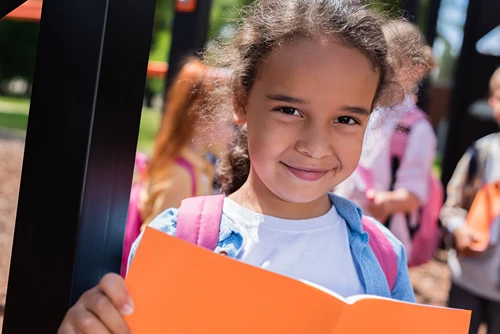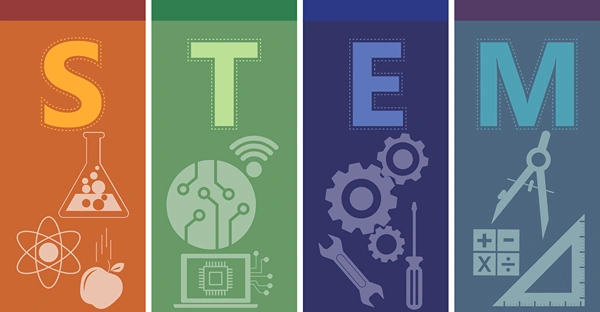Teaching Kids to Evaluate Online Study Resources for Credibility and Safety
Children have more access to educational resources than ever before. From video lessons to interactive platforms and downloadable worksheets, the internet offers a treasure trove of tools to enhance learning. But with such abundance comes a major responsibility: teaching kids how to evaluate online study resources for credibility and safety.
This essential skill helps young learners make informed decisions, avoid misinformation, and stay secure while navigating the web. Whether your child is preparing for a test or doing a school project, here’s how to guide them in choosing the right educational platforms wisely.
Why This Skill Matters in the Digital Age
The internet is both a library and a minefield. While credible educational websites can foster curiosity and self-directed learning, unsafe or misleading sources can confuse or misguide students. Misinformation can disrupt academic growth, and exposure to unsafe websites may even threaten a child’s digital well-being.
By learning to assess online study tools critically, children develop essential 21st-century skills like digital literacy, critical thinking, and online safety awareness.
Key Steps to Evaluate Online Study Resources
1. Check the Author or Organization Behind the Content
Encourage your child to explore who created the content. Ask:
- Is the author a teacher, educational expert, or institution?
- Is there a biography or credentials listed?
- Are there external references or citations?
Reliable platforms often clearly show their expertise. For example, platforms that prioritize curated learning templates for academic success are built with student progress in mind and often led by experienced educators.
2. Look for Signs of Accuracy and Quality
Teach kids to evaluate whether the information:
- Is up to date
- Uses correct grammar and spelling
- Is supported by trustworthy references or linked studies
- Aligns with what they’re learning in school
Cross-checking content across multiple reliable sources also helps verify its accuracy.
3. Evaluate the Website Design and User Experience
While not always a dealbreaker, credible websites usually have:
- A clean and professional layout
- Easy-to-navigate menus
- No excessive pop-ups or misleading ads
If a website looks spammy or redirects users frequently, it’s best to move on.
4. Check for Privacy and Safety Features
Safety is non-negotiable, especially for young users. Parents should help children:
- Understand the importance of HTTPS (look for the padlock symbol in the address bar)
- Recognize the dangers of giving out personal information
- Use platforms that do not bombard them with intrusive ads or require sign-ups for simple resources
Trusted websites will often include privacy policies and parental controls.
Teaching by Example: Show, Don’t Just Tell
Make online resource evaluation a shared activity:
- Explore websites together
- Analyze them using a checklist
- Discuss why one source might be better than another
When kids see adults taking time to verify information, they’re more likely to adopt the habit themselves.
Recommended Platforms That Prioritize Learning and Safety
Not all online resources are created equal, which is why it’s helpful to point kids toward platforms that are already vetted for educational value.
For instance, if you’re building a toolkit of safe study resources, consider platforms that offer ready-to-use templates and guides for exam prep, created with student needs in mind. These kinds of tools streamline learning and encourage structured study habits.
Similarly, tools that focus on breaking down complex topics into pre-organized study units can help children grasp and retain knowledge more effectively—especially when the platform emphasizes clarity, safety, and accuracy in its content design.
Final Thoughts: Digital Literacy Starts Early
Empowering children to evaluate online study resources is more than an academic skill—it’s a life skill. It builds confidence, sharpens critical thinking, and ensures that their educational journey is both effective and safe.
As digital education continues to grow, guiding children in making informed online choices in a safe manner will remain one of the most important responsibilities of parents and educators alike.






